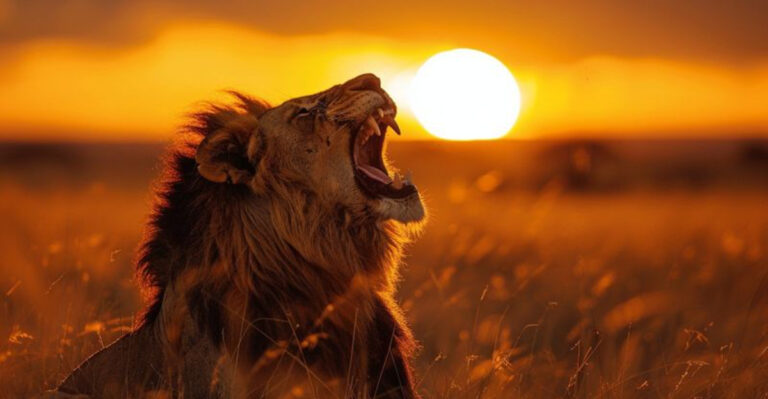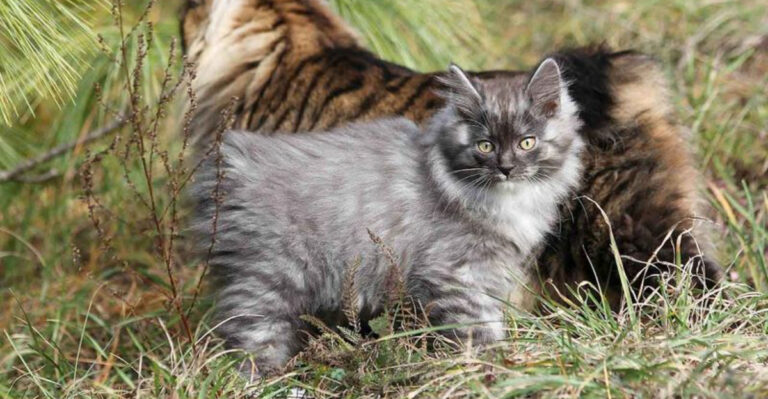16 Plants To Avoid If Deer Are Ruining Your Garden
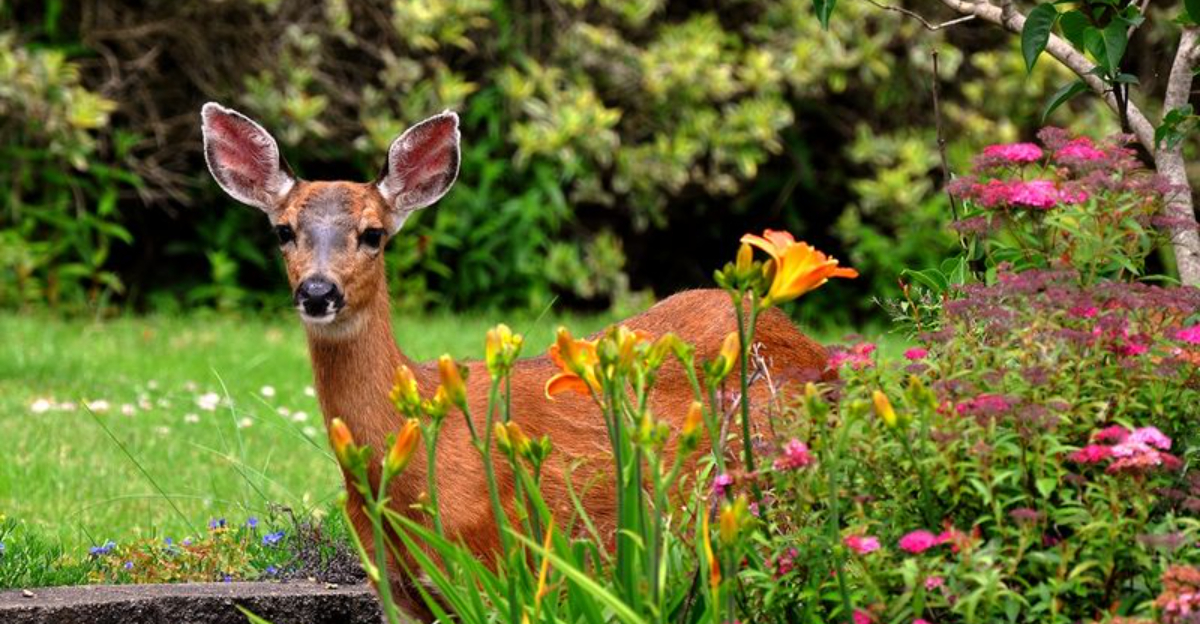
Watching your garden become an all-you-can-eat buffet for deer can break any gardener’s heart. These graceful but hungry creatures can devour months of hard work overnight, leaving behind disappointment and bare stems.
Understanding which plants act like dinner bells for deer can help you design a garden that stays beautiful and intact, even with woodland neighbors nearby.
1. Tulips: Deer’s Favorite Spring Dessert
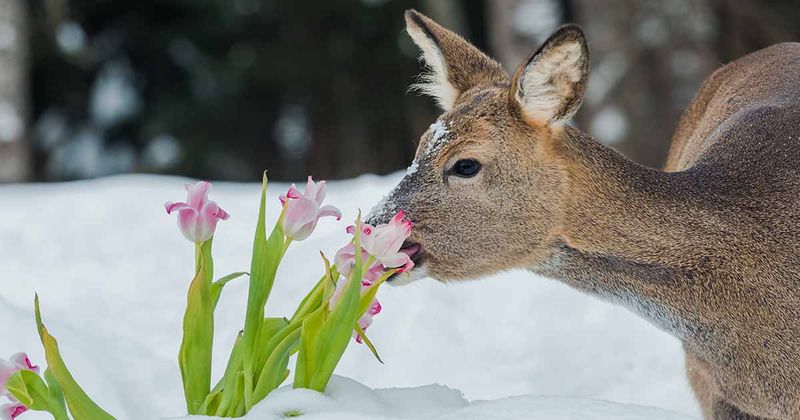
Imagine setting out chocolate cake for dieters – that’s what tulips are to deer. Their tender petals and succulent stems might as well have a “Eat Me” sign attached.
Despite being garden favorites for centuries, these colorful harbingers of spring rank among deer’s most coveted treats. Consider protecting them with deterrents or choosing alternatives if deer pressure is high in your area.
2. Hostas: The Salad Bar Of Shade Gardens
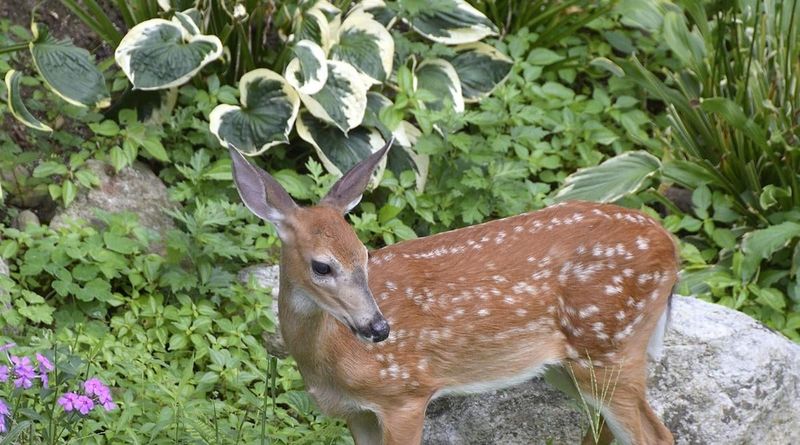
Lush, leafy, and apparently delicious – hostas might as well be wearing a neon “Open” sign for hungry deer. Their broad, tender leaves offer the perfect deer snack.
Garden centers should probably sell these shade-loving perennials with a warning label. While prized by gardeners for their foliage variety, deer see them simply as premium lettuce, ready for munching whenever food becomes scarce.
3. Daylilies: Irresistible From Buds To Blooms
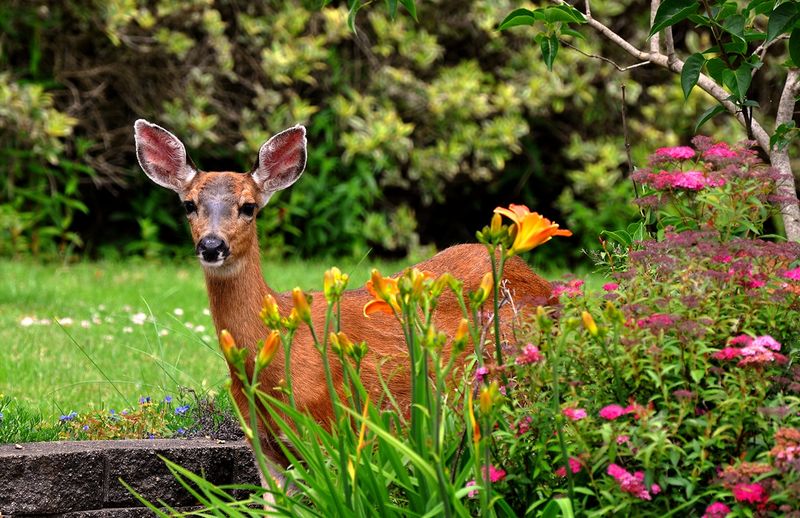
Sweet and tender, daylilies offer deer a complete dining experience. Buds, flowers, and even foliage disappear into hungry mouths, leaving disappointed gardeners behind.
The cruel irony? These easy-growing perennials thrive in the same conditions deer love to frequent. Their nutritious parts provide essential vitamins that deer instinctively seek out, making your carefully planned flower bed their favorite restaurant.
4. Roses: Not Just For Romance
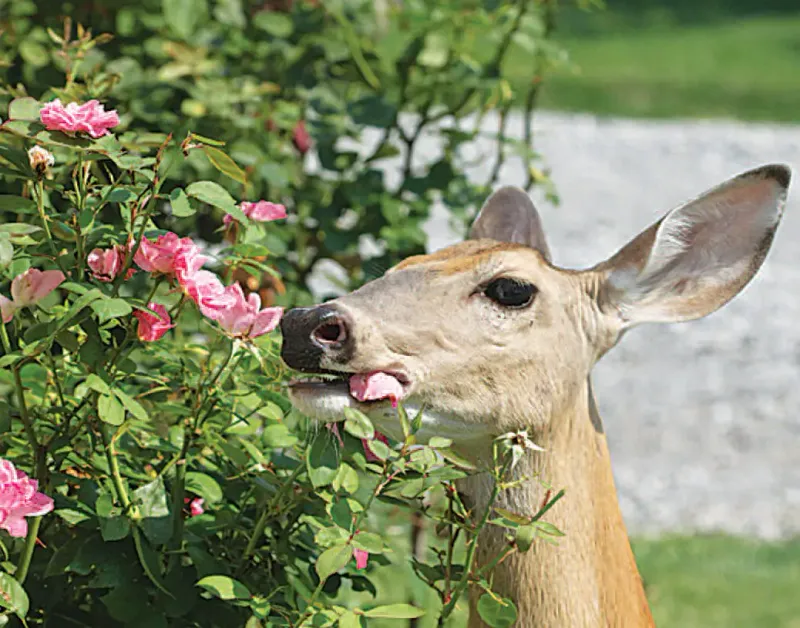
Thorns don’t deter determined deer! Despite their prickly reputation, many rose varieties rank high on the cervine menu, especially the tender new growth and buds.
Hybrid tea roses seem particularly vulnerable to midnight munching. While wild roses with more thorns might escape some damage, those gorgeous long-stemmed beauties you planted for cutting often become deer salad before you get the chance to enjoy them.
5. Azaleas: Woodland Deer Magnets
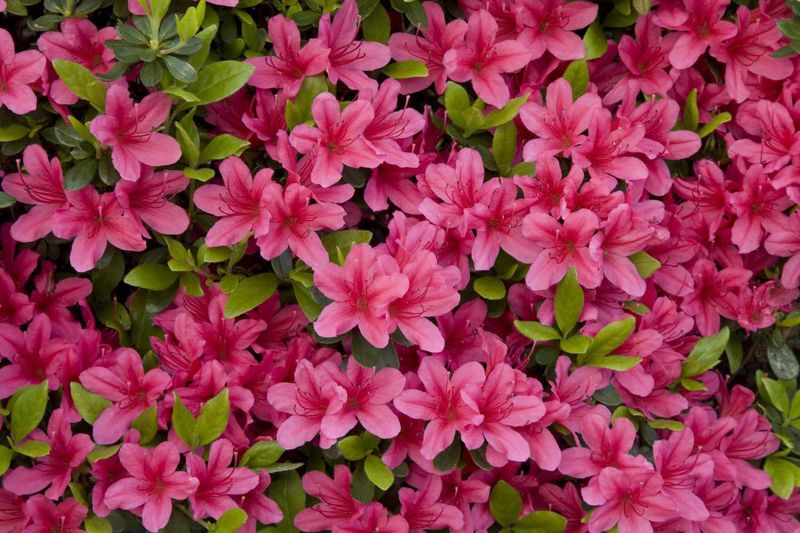
Bright blooms and tender leaves make azaleas irresistible to deer, despite being somewhat toxic. Their springtime flush of new growth coincides perfectly with hungry post-winter deer.
Many gardeners plant these woodland shrubs without realizing they’re essentially setting up a deer snack station. The bitter compounds that make azaleas poisonous to humans don’t seem to bother deer, who happily strip these shrubs bare given the chance.
6. Pansies: Tiny Treats For Browsing Deer
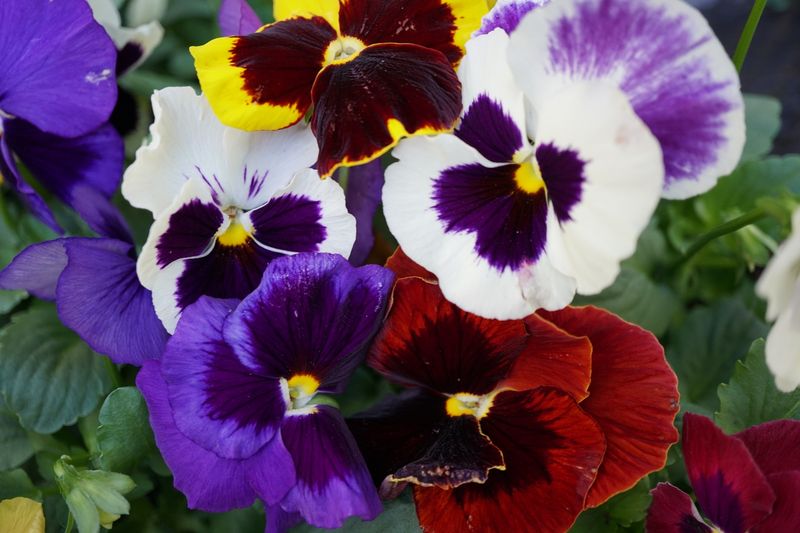
Those cheerful faces beaming up from your garden beds might as well be waving hello to passing deer. Pansies and violas offer bite-sized morsels too tempting to resist.
Particularly vulnerable in early spring when other food sources remain scarce, these cool-weather favorites disappear overnight. Their soft, sweet texture makes them especially appealing as deer emerge hungry from winter with depleted fat reserves.
7. Sunflowers: Tall Targets For Hungry Visitors
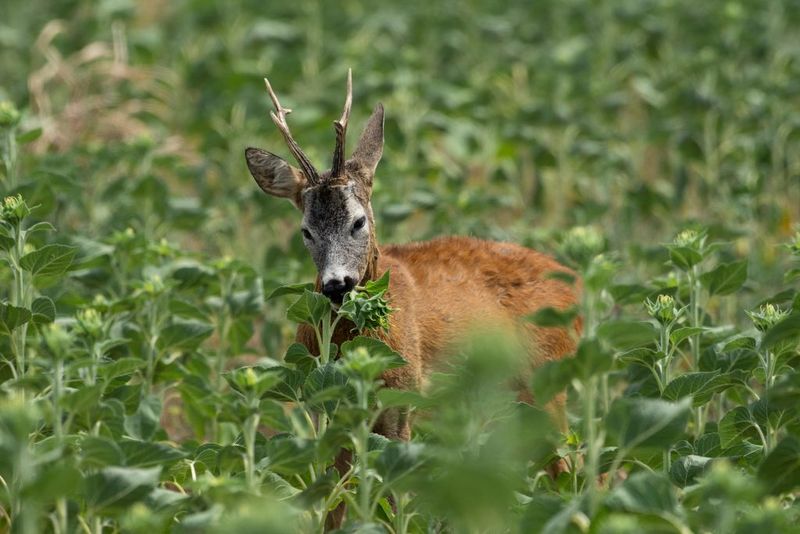
Standing proud above the garden, sunflowers catch both human eyes and deer attention. Their nutritious seeds and tender young leaves provide protein-rich meals deer can’t resist.
Growing taller doesn’t offer protection – deer simply bend the stalks to reach the goods. Watching your sunflowers develop from seedlings to six-foot giants only to vanish overnight ranks among gardening’s greatest heartbreaks.
8. Vegetable Garden Favorites: Beans And Peas
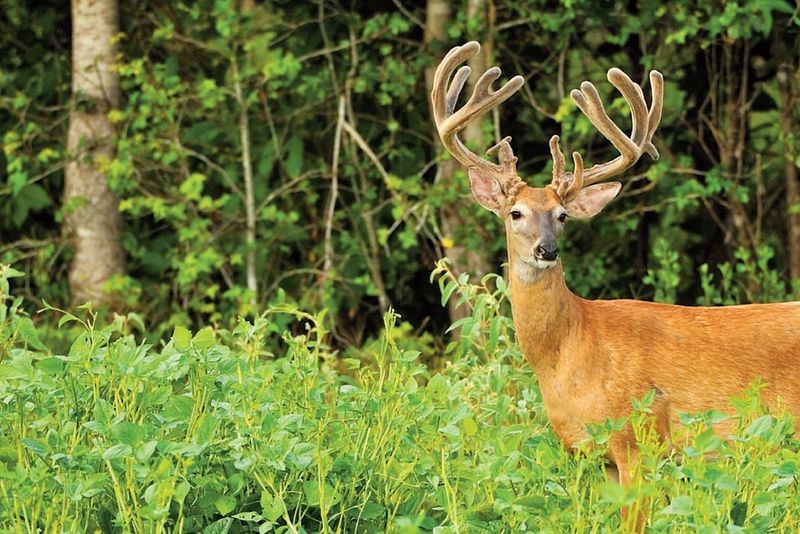
Sweet, tender, and packed with nutrients – beans and peas represent deer fine dining. Their nitrogen-rich foliage and developing pods offer perfect protein packages for growing fawns and nursing does.
Gardeners often discover the deer’s preference when they find only stems remaining where lush vines once climbed. The tender shoots seem particularly irresistible, often disappearing before they can even begin producing.
9. Arborvitae: Evergreen Deer Buffet
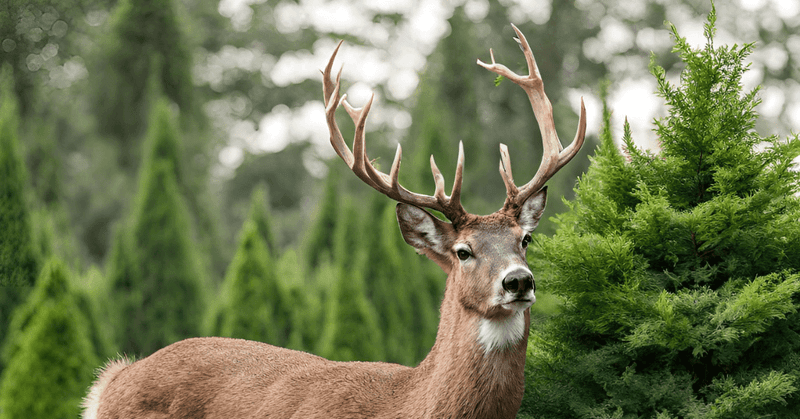
Soft, feathery foliage makes arborvitae particularly vulnerable to winter browsing. Deer create distinctive browse lines, stripping these evergreens as high as they can reach.
Winter-hungry deer especially target these landscape staples when snow covers other food sources. That perfectly shaped privacy hedge you invested in can develop bare, unsightly sections almost overnight during harsh winters when deer become desperate.
10. Strawberries: Sweet Temptations
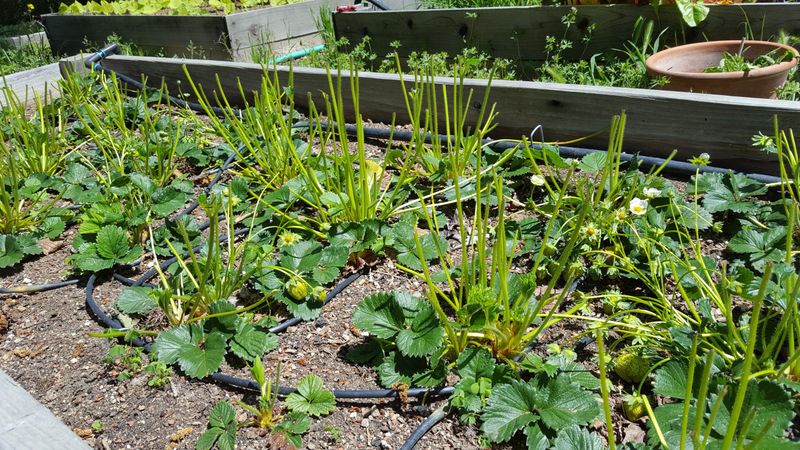
Nothing says summer like strawberries – and deer wholeheartedly agree! These garden favorites disappear faster than you can say “shortcake,” often before you get a single berry.
The entire plant appeals to deer, from tender leaves to developing fruit. Even the most patient gardener feels defeated watching their carefully tended strawberry patch become a deer’s midnight snack just as the berries begin ripening.
11. Rhododendrons: Evergreen Delicacies
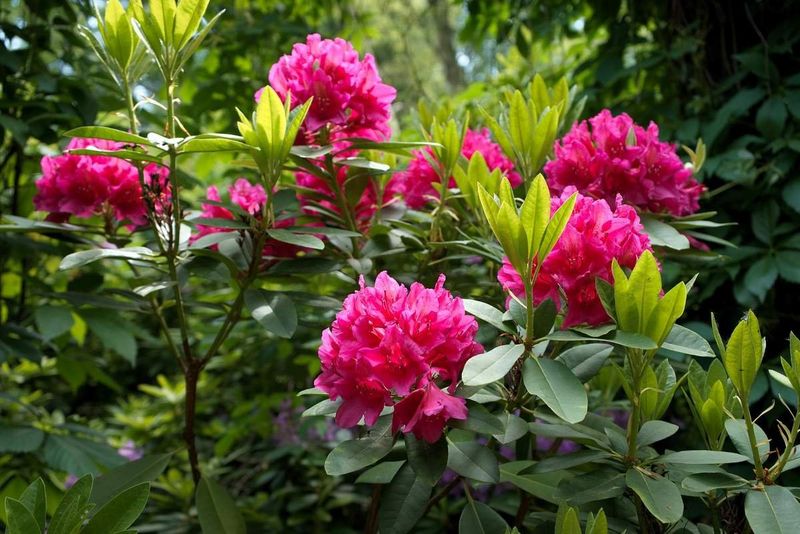
Winter-hungry deer find rhododendrons particularly appealing when other food sources disappear under snow. Their evergreen leaves offer vital nutrition during lean months.
Despite containing compounds toxic to humans, deer seem unaffected and happily browse these landscape staples. The damage often appears as jagged edges on leaves rather than clean cuts, a telltale sign of deer teeth rather than insect damage.
12. Yews: Toxic To Humans, Tasty To Deer
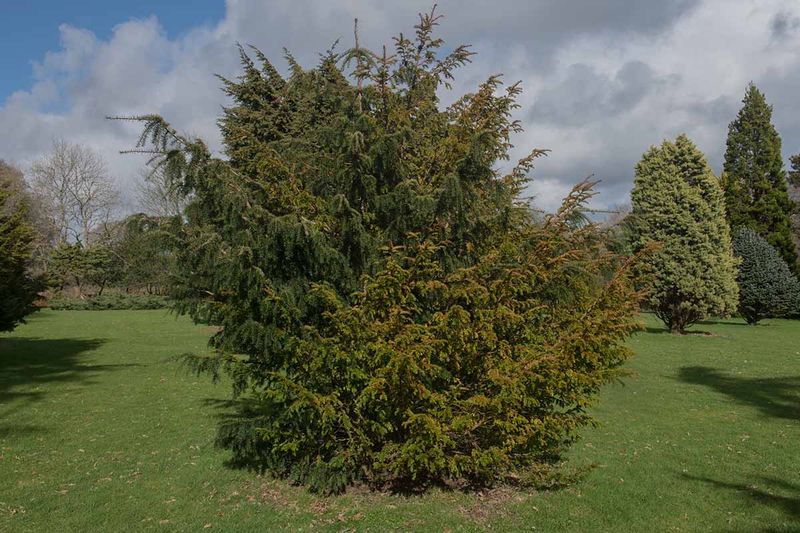
Surprisingly, yews rank high on deer menus despite being highly toxic to humans and other animals. Their soft needles and accessible height make them easy targets.
Landscapers frequently recommend these evergreens for foundation plantings, unaware they’re setting clients up for disappointment. The dense, easily reached foliage provides winter sustenance when deer need it most, leaving unsightly bare patches by spring.
13. Clematis: Climbing Vines On The Menu
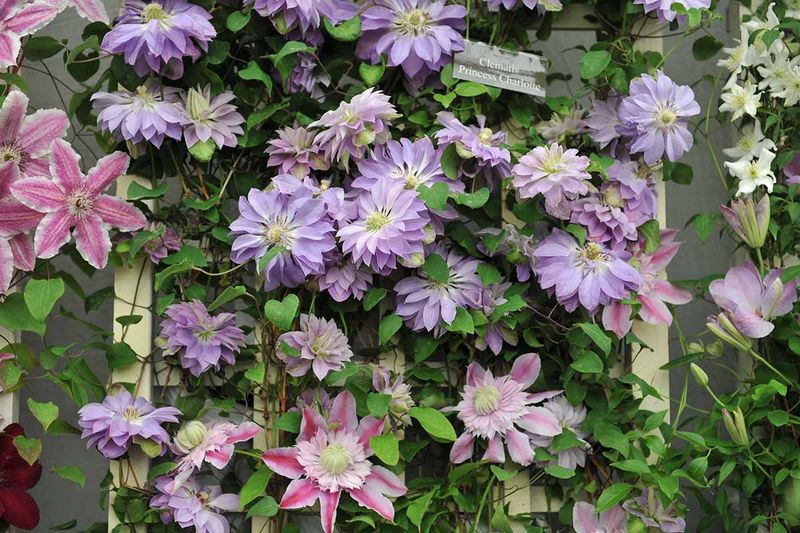
Tender climbing clematis vines might as well hang a “Deer Welcome” sign in your garden. Their soft new growth proves particularly irresistible in spring.
Just as vines begin their vigorous climb, deer can reduce them to stubby stems overnight. The most heartbreaking part? These spectacular flowering vines often get browsed just before they would burst into bloom, leaving gardeners with nothing but disappointment.
14. Hydrangeas: Big Blooms, Big Attraction
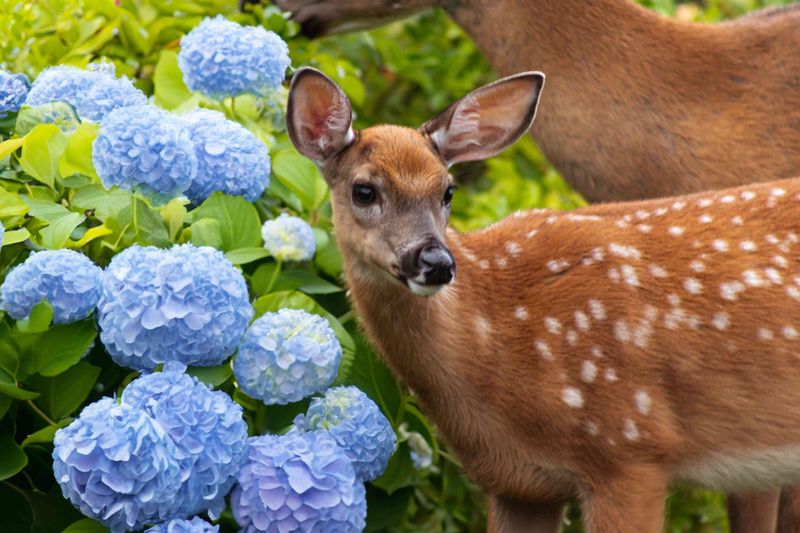
Those gorgeous mophead hydrangeas that promise summerlong color often become deer’s favorite salad bar. Their large, soft leaves and developing flower buds offer irresistible browsing.
Particularly vulnerable are newly planted specimens with tender growth. The nitrogen-rich foliage attracts deer from surprising distances, and their impressive memory brings them back repeatedly once they discover your hydrangea collection.
15. Lilies: From Asiatic To Oriental
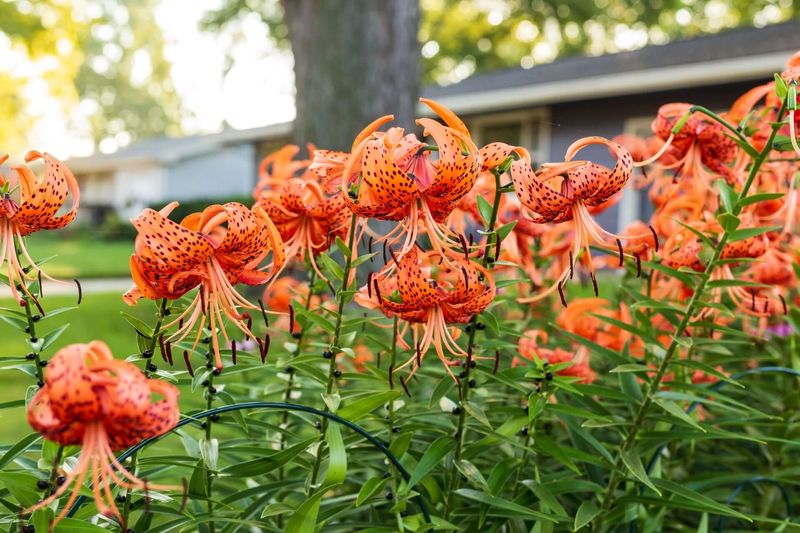
Spectacular but sadly irresistible, lilies rank among deer’s favorite garden treats. Their succulent stems, buds, and flowers provide a complete meal in one convenient package.
The cruel timing couldn’t be worse – deer often strike just as buds begin to show color. Gardeners anticipating weeks of dramatic blooms instead find headless stems, a clear sign that deer have discovered their lily collection.
16. Apple Trees: Orchard Favorites
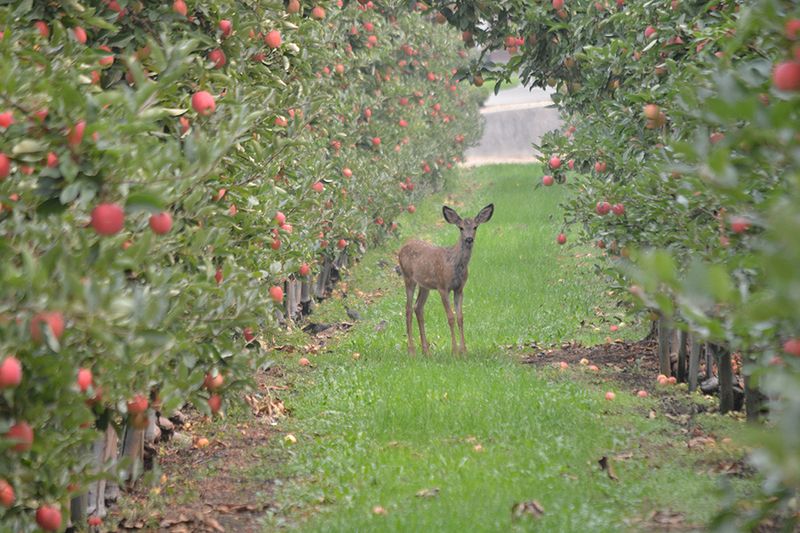
Young apple trees might as well have “all-you-can-eat buffet” signs posted for local deer. Their tender bark, new shoots, and developing fruit create the perfect deer meal.
Winter damage proves particularly devastating when hungry deer strip bark, potentially girdling and killing trees. Even established specimens suffer when deer consume low-hanging fruit and damage branches while reaching higher ones.

